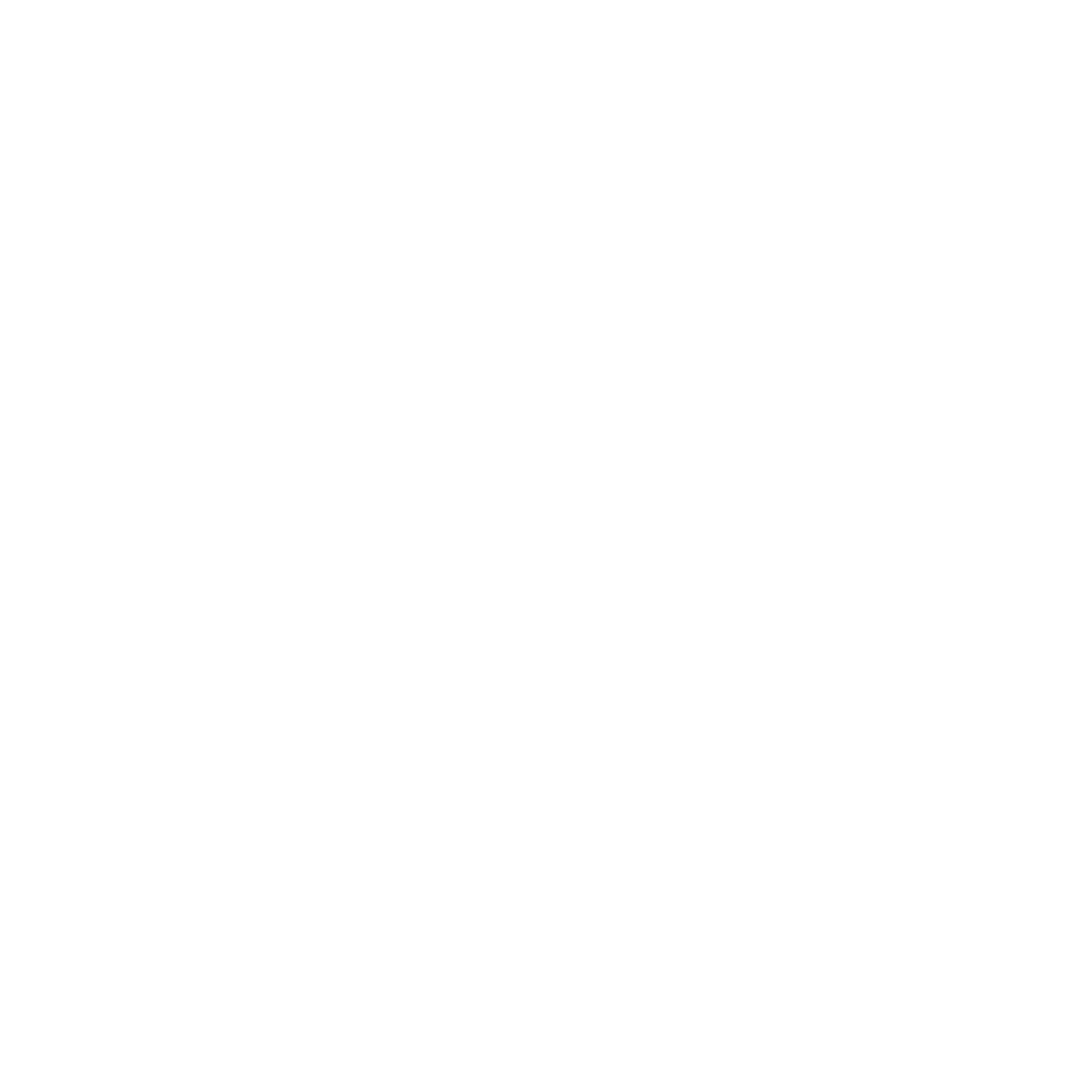
It's important to ask a question that can be answered through use of evidence rather than subjective judgment. Evidence-based medicine (EBM) - like evidence-based practice in any discipline - draws on empirical evidence. This may include laboratory studies, clinical trials, and real-world prospective or retrospective studies. You may need to rephrase the question according to whether the evidence base is in diagnosis, therapy & interventions, prognosis, or assessments of harm.
EBM gives more weight and authority to randomised controlled clinical trials and cohort studies than case studies. It gives more weight again to meta-analyses synthesising the results of many RCTs.
Figure 1: The hierarchy of evidence

Greenhalgh (1997) gives an alternative ranking of the types of primary study :
(1) Systematic reviews and meta-analyses
(2) Randomised controlled trials with definitive results (confidence intervals that do not overlap the threshold
clinically significant effect)
(3) Randomised controlled trials with non-definitive results (a point estimate that suggests a clinically
significant effect but with confidence intervals overlapping the threshold for this effect)
(4) Cohort studies
(5) Case-control studies
(6) Cross sectional surveys
(7) Case reports.
Greenhalgh, Trisha (1997). How to read a paper : getting your bearings (deciding what the paper is about) BMJ 1997; 315 :243 PDF Link
It's important to ask a question in enough detail to get relevant and appropriate results.
You may have a specific research question to address. A concept map to explore key terms likely to feature in your target literature - with synonyms and related terms - is often helpful.
Or you may be dealing with one or more patients in clinical casework. A clinical question has a number of essential facets, outlined in the PICO(TS) mnemonic.

An alternative search strategy tool for qualitative/mixed methods research has been suggested: the SPIDER mnemonic.
